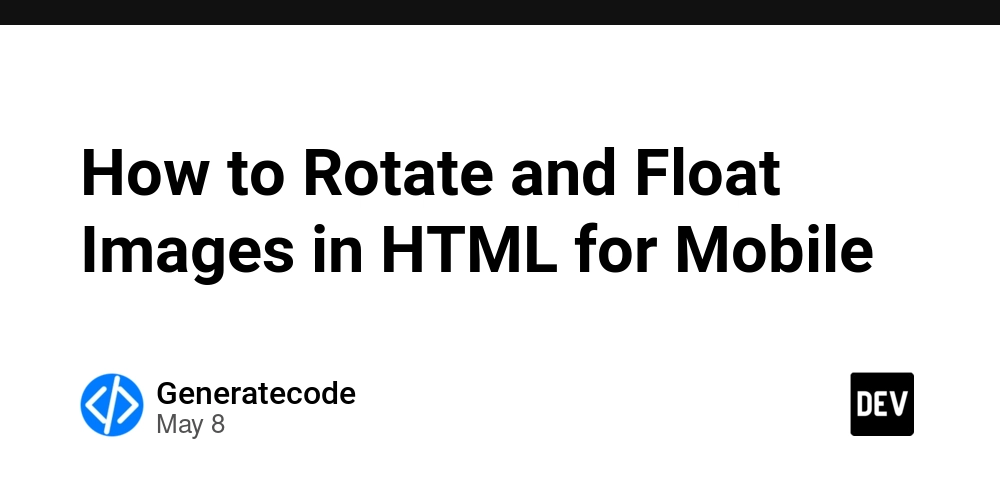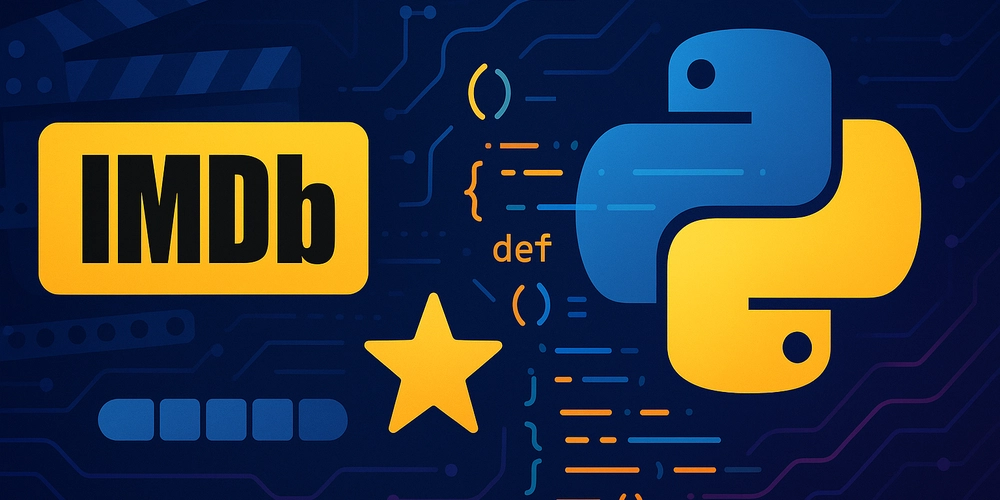Manual Testing Basics and Beyond
Common Manual Testing Techniques: Manual testing techniques help to ensure that software should meets the customer requirements, defects and enhance the user experience.The most common methods are below, Black Box Testing: In Black box testing tester should perform the validation without knowledge of code. Expected output should meets with requirements and specifications. Testing Examples: Acceptance testing,Functional testing and Regression testing. White Box Testing: In White box testing tester should have knowledege about code structure and internal logics. Coding knowledge and logics helps to create the test cases in all aspects. Testing Examples: Unit testing and Integration testing. Gray Box Testing: In Gray box testing, the approaches will be combines both black and white box testing. Tester should not have full structure of coding knowledge, it tester knows partial code knowledge and flow will help's to enhance the testing based on experience. Exploratory Testing: In general, tester can perform the exploratory testing without pre-defined test cases.So tester can perform the testing without test cases will help to identified the issues in any modules.The exploratory testing will useful for discovering unexpected issues. Functional Testing: In functional testing tester will perform the validation with test cases which was prepared based on software requirements. so the software/system should performs as expected output. Through functional validation we can be able to covers major requirements scenarios and user flows. Sanity Testing: In sanity testing, tester will perform the quick validation with P1 cases to ensure that the build is stable to proceed further testing. Acceptance Testing: The acceptance testing will perform by end-user. In acceptance testing the end-user will confirm/ensure the software meets the expectations. Regression Testing: In Regression testing, tester will perform the resolved bugs and related to the test cases which Was mapped with those bugs and ensure the bug fixing code changes should not affect the existing features. Boundary Value Analysis: Boundary value analysis is a black box testing techniques its used to validate the input values at their boundary limits. This BAV technique is used to identified the errors at the boundary conditions. In BAV, tester need to identify the input boundaries to determine the minimum and maximum acceptable values for each input field.To design the test cases tester need to follow the below criteria, 1.Minimum boundary value. 2.Above the minimum value. 3.Below the maximum value. 4.Maximum boundary value. 5.Above the invalid maximum value. 6.Below the invalid minimum value. If tester will prepare the test cases in above criteria and run the each test cases will confirm the applications handles the boundaries correctly. Benefits of boundary values are tester can effectively identified the bugs which was commonly missed by other validation techniques, especially boundary cases.Also BAV will helps to reduces the test effort by concentrating high risk values. In BAV, tester can targets the edges of input where the defects are more likely to the surface.Also it includes minimum and maximum input values just inside and outside of boundaries.In BAV technique testers don't need knowledge of the software about internal logic and source code. Decision Table Testing: This decision table testing is a black box technique which help's testers to identify and verify the all possible combination of input conditions and their corresponding outputs using the table format.This method is useful when we are planning to perform the execution with complex logic, as its clearly maps out for how the input lead to specific system responses. In decision table, the input condition represents the variables that influence the system, while the response are should expected outcomes based on these conditions.Each and unique combination of conditions and actions is defined as a rule. This decision table is structured in way that makes it easy to visualise the relationship between different inputs and the outputs.Also this is black box testing technique so the tester don't need to understand he internal code of the system. Tested should focus on how the system should respond to different input. The benefits of decision table is, it ensures the test coverage by accounting for all possible input combinations, reduces the chance of missing important scenarios. Also it helps simplify the complex logic by organising into a structured in easy to understand format.Also the decision table will provide the clear framework for creating test cases and serve a valuable documentation that the system expected behaviour in various scenarios. Future of manual testing in the age of AI: The future of manual testing in the age of AI is not about being replaces. It's about evolving and transforming the role of manual testers. Through AI,

Common Manual Testing Techniques:
Manual testing techniques help to ensure that software should meets the customer requirements, defects and enhance the user experience.The most common methods are below,
Black Box Testing:
In Black box testing tester should perform the validation without knowledge of code. Expected output should meets with requirements and specifications.
Testing Examples: Acceptance testing,Functional testing and Regression testing.White Box Testing:
In White box testing tester should have knowledege about code structure and internal logics. Coding knowledge and logics helps to create the test cases in all aspects.
Testing Examples: Unit testing and Integration testing.Gray Box Testing:
In Gray box testing, the approaches will be combines both black and white box testing. Tester should not have full structure of coding knowledge, it tester knows partial code knowledge and flow will help's to enhance the testing based on experience.Exploratory Testing:
In general, tester can perform the exploratory testing
without pre-defined test cases.So tester can perform the testing without test cases will help to identified the issues in any modules.The exploratory testing will useful for discovering unexpected issues.Functional Testing:
In functional testing tester will perform the validation with test cases which was prepared based on software requirements. so the software/system should performs as expected output. Through functional validation we can be able to covers major requirements scenarios and user flows.Sanity Testing:
In sanity testing, tester will perform the quick validation with P1 cases to ensure that the build is stable to proceed further testing.Acceptance Testing:
The acceptance testing will perform by end-user. In acceptance testing the end-user will confirm/ensure the software meets the expectations.Regression Testing:
In Regression testing, tester will perform the resolved bugs and related to the test cases which Was mapped with those bugs and ensure the bug fixing code changes should not affect the existing features.
Boundary Value Analysis:
Boundary value analysis is a black box testing techniques its used to validate the input values at their boundary limits. This BAV technique is used to identified the errors at the boundary conditions.
In BAV, tester need to identify the input boundaries to determine the minimum and maximum acceptable values for each input field.To design the test cases tester need to follow the below criteria,
1.Minimum boundary value.
2.Above the minimum value.
3.Below the maximum value.
4.Maximum boundary value.
5.Above the invalid maximum value.
6.Below the invalid minimum value.
If tester will prepare the test cases in above criteria and run the each test cases will confirm the applications handles the boundaries correctly.Benefits of boundary values are tester can effectively identified the bugs which was commonly missed by other validation techniques, especially boundary cases.Also BAV will helps to reduces the test effort by concentrating high risk values.
In BAV, tester can targets the edges of input where the defects are more likely to the surface.Also it includes minimum and maximum input values just inside and outside of boundaries.In BAV technique testers don't need knowledge of the software about internal logic and source code.
Decision Table Testing:
This decision table testing is a black box technique which help's testers to identify and verify the all possible combination of input conditions and their corresponding outputs using the table format.This method is useful when we are planning to perform the execution with complex logic, as its clearly maps out for how the input lead to specific system responses.
In decision table, the input condition represents the variables that influence the system, while the response are should expected outcomes based on these conditions.Each and unique combination of conditions and actions is defined as a rule.
This decision table is structured in way that makes it easy to visualise the relationship between different inputs and the outputs.Also this is black box testing technique so the tester don't need to understand he internal code of the system. Tested should focus on how the system should respond to different input.
The benefits of decision table is, it ensures the test coverage by accounting for all possible input combinations, reduces the chance of missing important scenarios. Also it helps simplify the complex logic by organising into a structured in easy to understand format.Also the decision table will provide the clear framework for creating test cases and serve a valuable documentation that the system expected behaviour in various scenarios.
Future of manual testing in the age of AI:
The future of manual testing in the age of AI is not about being replaces. It's about evolving and transforming the role of manual testers.
Through AI, testers can be able to perform the repetitive task like test case generation, test execution and basic automations.
With help of AI, manual testers can be able to focus on more complex and other activities.
AI will become powerful tool that support testers, allowing them to prioritize critical issues and bring human insight to areas AI will miss to identified those issues
With help of AI, Manual testers will shift from normal validation tasks to identifying the edge cases and evaluating software from real world prespective.
There will be a growing synergy between manual testers and AI. Testers will contribute to training and refining AI models, ensuring they align with actual user needs.
AI will help manual testers to more efficient by offering insights through data analysis, defect predication and test prioritization.
The manual tester key areas are exploratory testing where unexpected issues may come. UI and accessibility testing which requires manual testers to assess user-friendliness and domain specific testing where industry knowledge is critical.
Also the manual testers will need to upskill in areas like data analysis,AI collaboration and communications.
The future of manual testing is not just secure but its vital as it blends the precision of AI with the understanding that only human can provides.









































































































































































![[The AI Show Episode 146]: Rise of “AI-First” Companies, AI Job Disruption, GPT-4o Update Gets Rolled Back, How Big Consulting Firms Use AI, and Meta AI App](https://www.marketingaiinstitute.com/hubfs/ep%20146%20cover.png)


























































































































![[DEALS] The Premium Python Programming PCEP Certification Prep Bundle (67% off) & Other Deals Up To 98% Off – Offers End Soon!](https://www.javacodegeeks.com/wp-content/uploads/2012/12/jcg-logo.jpg)














































































































































_Aleksey_Funtap_Alamy.jpg?width=1280&auto=webp&quality=80&disable=upscale#)
_Sergey_Tarasov_Alamy.jpg?width=1280&auto=webp&quality=80&disable=upscale#)









































































































![Apple Foldable iPhone to Feature New Display Tech, 19% Thinner Panel [Rumor]](https://www.iclarified.com/images/news/97271/97271/97271-640.jpg)
![Apple Developing New Chips for Smart Glasses, Macs, AI Servers [Report]](https://www.iclarified.com/images/news/97269/97269/97269-640.jpg)
![Apple Shares New Mother's Day Ad: 'A Gift for Mom' [Video]](https://www.iclarified.com/images/news/97267/97267/97267-640.jpg)
![Apple Shares Official Trailer for 'Stick' Starring Owen Wilson [Video]](https://www.iclarified.com/images/news/97264/97264/97264-640.jpg)









































































































![Deploy Permit.IO PDP To Heroku Under 5 Mins! [Video Included]](https://media2.dev.to/dynamic/image/width%3D1000,height%3D500,fit%3Dcover,gravity%3Dauto,format%3Dauto/https:%2F%2Fdev-to-uploads.s3.amazonaws.com%2Fuploads%2Farticles%2Fnvzjvexnrqwvqo4ml9rl.png)

